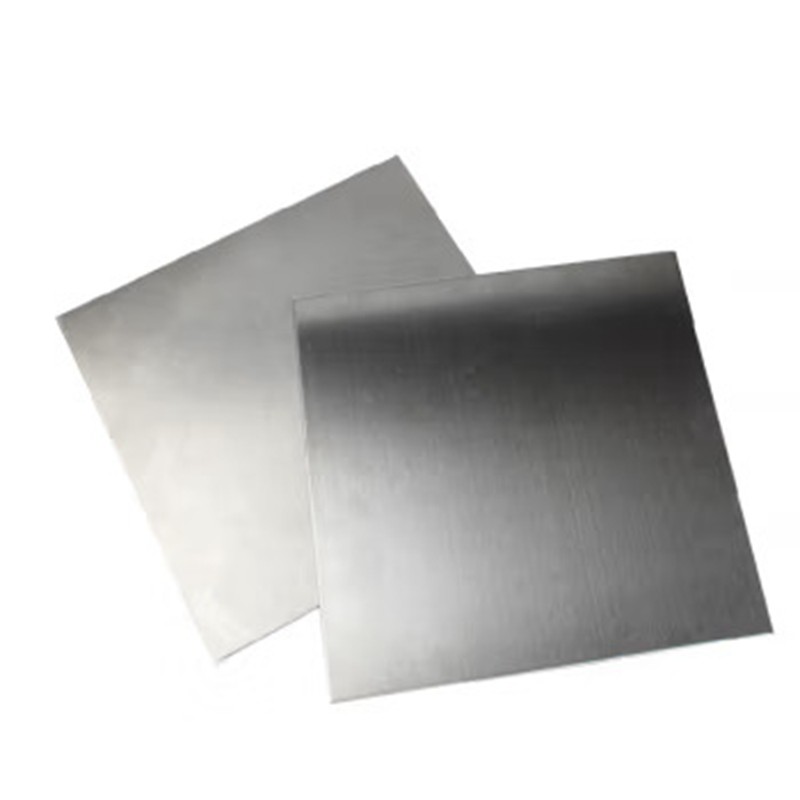What is the difference between 2024 and 1050 Aluminum?
02-22-2024
When it comes to industrial applications, aluminum alloys play a crucial role due to their lightweight, corrosion resistance, and ductility. Two common aluminum alloys used in various applications are 2024 and 1050. While both alloys offer unique benefits, there are some significant differences between them. In this article, we will explore the key differences between 2024 and 1050 aluminum alloys.
Composition
The primary difference between 2024 and 1050 aluminum lies in their composition. 2024 aluminum, also known as duralumin, is an aluminum-copper alloy that contains additional elements such as manganese, magnesium, chromium, and silicon. This combination of elements gives 2024 aluminum its high strength and durability.
On the other hand, 1050 aluminum is a pure aluminum alloy with a minimum of 99.5% aluminum content. It is one of the purest forms of aluminum available and lacks the strengthening elements found in 2024.
Properties
Due to its alloy composition, 2024 aluminum exhibits high strength, ductility, and fatigue resistance. It is also heat-treatable, meaning its mechanical properties can be improved through processes like tempering and aging. This makes 2024 aluminum suitable for applications that require high load-bearing capacity and durability, such as aircraft components and automotive parts.
In contrast, 1050 aluminum has excellent corrosion resistance and workability but lower strength compared to 2024. It is soft and malleable, making it suitable for applications that require high formability and weldability, such as sheet metal work and chemical processing equipment.
Applications
The distinct properties of 2024 and 1050 aluminum alloys determine their respective applications. 2024 aluminum is commonly used in aerospace, automotive, and heavy machinery industries due to its high strength and durability. It is often found in aircraft structures, engine mounts, and other high-stress components.
On the other hand, 1050 aluminum is more suitable for applications that require corrosion resistance and formability, such as chemical processing equipment, electrical enclosures, and architectural components. It is also commonly used in the food and beverage industry due to its non-toxic properties.
In conclusion, the key differences between 2024 and 1050 aluminum alloys lie in their composition, properties, and applications. 2024 aluminum offers high strength and durability suitable for load-bearing applications, while 1050 aluminum excels in corrosion resistance and formability for applications that require high formability and weldability. Understanding these differences helps in selecting the appropriate aluminum alloy for specific industrial applications.







